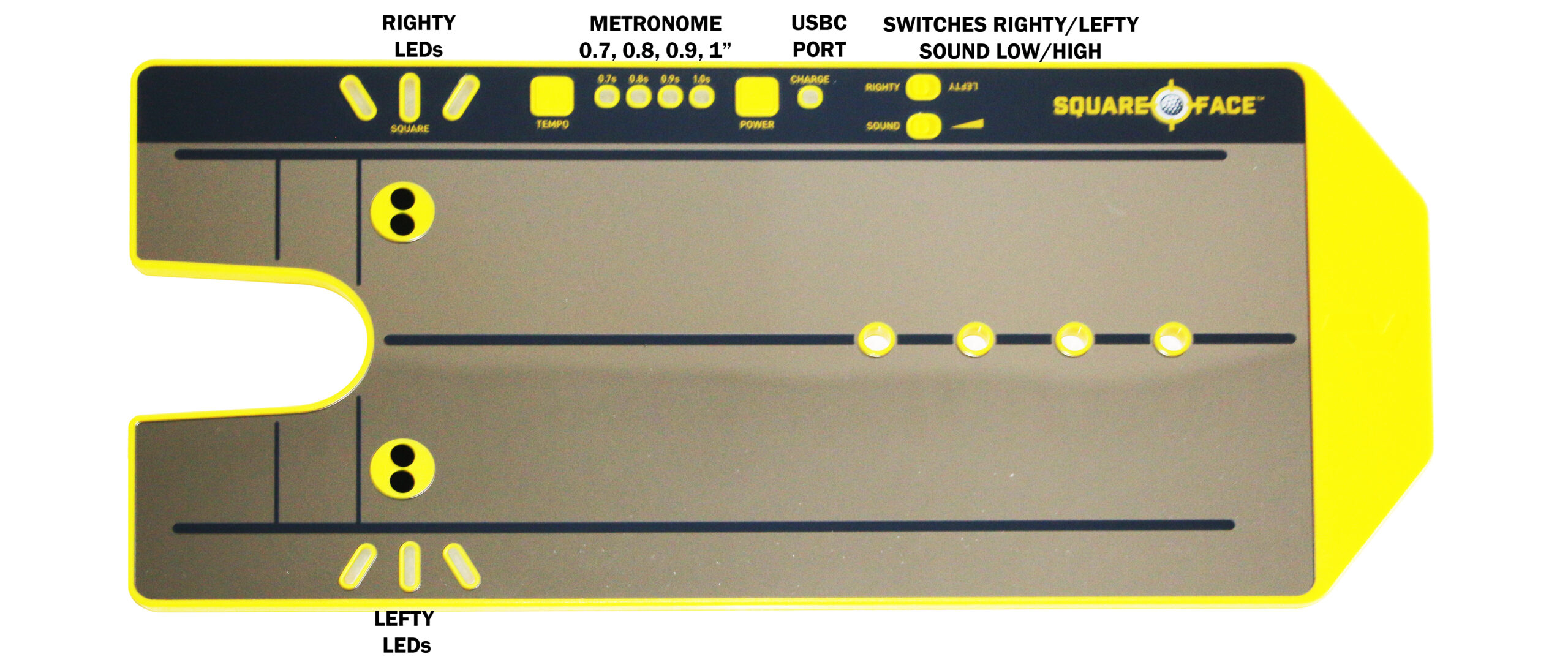
Tough Putting Conditions: 6 tips to help you through the round
Tough Putting Conditions: It’s the dance with destiny that can seal a birdie or leave you staring down a bogey. But throw in Mother Nature’s tantrums, and that delicate dance can turn into a full-on wrestling match. Fear not, fellow golfers! This guide will equip you with the knowledge and feel to putt with confidence, transforming you into a putting maestro through any weather.
When the Wind Becomes Your Opponent: Taming the Windy Green
The first step to conquering a blustery green is deciphering the wind’s game plan. Become a keen observer – is the flag waving like a frantic cheerleader, or a stoic sentinel? Are nearby trees swaying gently or contorting wildly? This intel on wind direction and strength is crucial for adjusting your aim.
Next, adopt a low profile. Imagine yourself as a stealthy putting ninja. A lower putting stance reduces your wind resistance, making you less susceptible to gusts that can send your putt careening off course. Tighten your grip on the putter for added stability – you wouldn’t want your putting stroke to resemble a windmill in action!
Remember, the wind can be a double-edged sword. A headwind acts like a sneaky brake pad, slowing your putt down. Conversely, a tailwind is an overzealous cheerleader, propelling your ball further than anticipated. To master these windy variables, incorporate them into your practice sessions. Experiment with putting under a fan or on a breezy day to get a feel for how much to adjust your power for that perfect roll.
Conquering the Wet and Wild Green: Putting When the Heavens Open
Wet greens present their own set of challenges. A slippery putter grip can turn your stroke into a frustrating guessing game. Combat this by using a glove or a trusty towel to maintain a firm grip – feel is paramount for precise putting on a damp surface.
Waterlogged greens can also alter the ball’s break. Puddles and streams become unwelcome guests, potentially disrupting the natural water flow and influencing how your putt rolls. Before stroking, factor in these wet patches and adjust your read accordingly.
Remember, wet greens often mean a layer of unwanted gunk on the ground. Before addressing the ball, take a moment to wipe any mud or debris from the putter face with your towel. A clean putter face, like a clean slate, ensures a truer roll.
Lastly, don’t be afraid to put a little extra oomph into your stroke. Wet greens tend to be slower, so add some muscle to ensure your putt reaches the hole with the desired speed.
When Greens Turn into Toast: Putting on Fast and Dry Surfaces
Dry, fast greens are the putting equivalent of an ice rink. Here, the mantra is “less is more.” Loosen your grip on the putter, allowing for a more delicate touch. This finesse helps you control the distance of your putt with greater precision.
Deception is the name of the game on fast greens. Subtle slopes and breaks that might be invisible on a softer surface become magnified. Take extra time to meticulously read the green, paying close attention to any bumps or dips that could dramatically alter your putt’s trajectory.
Consider switching to a putter with less loft for these lightning-fast conditions. A lower loft promotes a quicker, truer roll for the ball. Experiment with different putters to find the one that becomes your trusty steed on these speedy greens.
Backspin becomes a foe on fast greens. It makes judging distance a tricky affair. Focus on a smooth, accelerating stroke to minimize backspin and allow the ball to roll freely towards the hole.
Adapting to the Ever-Changing Course: Be a Weather Wizard
The key to conquering any weather condition is constant adaptation. Be prepared for the green’s personality to shift throughout your round. As the wind picks up, the temperature drops, or the humidity rises, re-evaluate how the green is playing. Adjust your putting strategy based on these evolving conditions.
Temperature plays a subtle but important role. Warmer weather can soften the ball, affecting both feel and roll. Take this into account when making adjustments to your putting stroke.
Consider having a “weather-specific” putter arsenal. A heavier putter might provide more stability in windy conditions, while a lighter one could be your secret weapon on fast greens.
The Importance of Routine: Your Putting Anchor
No matter what the weather throws your way, sticking to a consistent pre-putt routine is your anchor. This routine helps you focus on the key aspects of your stroke and green reading, creating a sense of normalcy amidst the ever-changing conditions.
Learning from Every Round: Becoming a Putting Sage
Sinking putts when the wind is howling, the greens are slick with rain, or the sun is baking them rock-solid is a true test of skill. But mastering these conditions isn’t just about fancy techniques, it’s about developing feel for the green and the way the ball reacts. By understanding how wind, wetness, dryness, and even temperature changes affect your putts, you can adjust your approach on the fly. It’s all about feel – how the putter sits in your hands, the pace of your stroke, and how the green
responds. The more you practice in different conditions, the more comfortable you’ll become reading these situations and making those clutch par saves. So, embrace the challenge! Every tough round is a chance to learn and improve your putting game. Keep refining your approach, trust your instincts, and you’ll be holing putts like a pro, no matter what Mother Nature throws your way.

The Square Face And Putt Like A Pro Book
Click here for 10% off the Square Face (use coupon code SUPERIORGOLF) and my eBook free with the purchase of the Square Face
